¡Tiene que visitar el Teatro Milanés! Si usted es Cubano o alguna vez piensa pasar por esta parte del mundo, la vista a este hospicio teatral le será muy grata.
Fundado en 1838, cuando todavía la isla era colonia del reino de España, el edificio en sus inicios fue construido con techo de guano y tablas de palma real. No estaba enclavado en su actual ubicación, sino a casi quinientos metros del lugar, en las cercanías del actual Cine-Teatro Milanés.
Y como Pinar del Río era y sigue siendo una zona agrícola, el coliseo pinareño, con todas sus limitaciones técnicas, era la zona favorita para que los escasos señores y la pequeña burguesía del lugar pasar una buena velada. Las comedias, pequeños espectáculos bufos y bailes fueron el plato favorito que se sirvió en el lugar.
Todo el incipiente despliegue de la vida escénica en la capital pinareña trajo consigo que el edificio fuera reedificado con tablas y tejas, nombrándosele, honrosamente, Teatro Lope de Vega. Los colonos que dominaban la zona y sus descendientes con semejante acción buscaron honrar al importante dramaturgo del llamado Siglo de Oro Español.
You have to visit the Milanés Theater! If you are Cuban or if you ever plan to pass through this part of the world, the sight of this theatrical hospice will be very pleasant for you.
Founded in 1838, when the island was still a colony of the kingdom of Spain, the building was originally built with a guano roof and royal palm boards. It was not located in its present location, but almost five hundred meters from the place, in the vicinity of the current Milanés Cinema-Theater.
And as Pinar del Río was and still is an agricultural area, the coliseum of Pinar del Río, with all its technical limitations, was the favorite place for the few gentlemen and the small bourgeoisie of the place to spend a good evening. The comedies, small buffo shows and dances were the favorite dish served in the place.
All the incipient deployment of the scenic life in the capital of Pinar del Río brought about that the building was rebuilt with boards and tiles, being named, honorably, Lope de Vega Theater. The settlers who dominated the area and their descendants with such action sought to honor the important playwright of the so-called Spanish Golden Age.
Las mejorías del lugar no tardaron en causar los mejores efectos. Ya Vueltabajo contaba con una sala teatral quizás a la altura de algunas de las llamadas provincias del, interior que en muchos casos nunca se tardaron en tener una sala teatral.
Sabiendo las ventajas de poseer uno de los pocos espacios recreativos más recurridos en la ciudad pinareña, en 1880, Dionisio F. del Pino, adquiere el espacio y lo edifica, con un estilo Neoclásico, de mampostería. Pasarían por las compañías líricas y teatrales más renombradas de Cuba.
Se presentarían espectáculos como No mates al alcalde, de Zamora y Caballeros; Batalla de damas, de Agustín Eugenio Seribe; Locura de amor, de Manuel Tamayo de Baus, entre otros autores.
A la muerte del importante dramaturgo Romántico Cubano, José Jacinto Milanés, en el año 1898, cuando Cuba se libera del gobierno colonial, en un gesto nacionalista, justo por cierto, el espacio se reconoce como Teatro Milanés. ¡Y hasta hoy ha permanecido dicha designación!
The improvements of the place did not take long to cause the best effects. Vueltabajo already had a theatrical hall perhaps at the height of some of the so-called provinces of the interior that in many cases never took long to have a theatrical hall.
Knowing the advantages of possessing one of the few recreational spaces more resorted in the city of Pinar del Río, in 1880, Dionisio F. del Pino, acquires the space and builds it, with a Neoclassical style, of masonry. The most renowned lyrical and theatrical companies of Cuba would pass through it.
Shows such as No mates al alcalde, by Zamora y Caballeros; Batalla de damas, by Agustín Eugenio Seribe; Locura de amor, by Manuel Tamayo de Baus, among other authors, were presented.
Upon the death of the important Cuban Romantic playwright, José Jacinto Milanés, in 1898, when Cuba freed itself from the colonial government, in a nationalist gesture, a fair one indeed, the space was recognized as the Milanés Theater. And this designation has remained until today!
Pero en realidad que distingue este teatro, ¿por qué deberíamos visitarlo? ¿Tiene algo que lo hace especial? Pues sí, lo tiene.
Lo primero de todo es que es una joya patrimonial cubana y pinareña. A criterio del prestigioso crítico cubano Omar Valiño, “es uno de los mejores teatros que se conservan con su estilo clásico en cuba”.
Coincidimos totalmente con Valiño. Pinar del Río, es una zona altamente proclive al paso de los huracanes, con todo, el Teatro Milanés ha mantenido como testigo del paso de las generaciones.
Su belleza se ha convertido en ícono de la ciudad. Como ya mencionamos, su arquitectura neoclásica, su siempre cuidada imagen, se regala un equilibrio y una sobriedad que se suma y engalana el paisaje urbano.
But what really distinguishes this theater, why should we visit it? Is there something special about it? Yes, it does.
First of all, it is a Cuban and Pinar del Río heritage jewel. In the opinion of the prestigious Cuban critic Omar Valiño, "it is one of the best theaters preserved in its classical style in Cuba".
We totally agree with Valiño. Pinar del Río is an area highly prone to hurricanes, yet the Milanés Theater has remained as a witness to the passing of generations.
Its beauty has become an icon of the city. As we have already mentioned, its neoclassical architecture, its always well-kept image, gives a balance and sobriety that adds to and embellishes the urban landscape.
Pero la verdadera sorpresa de este lugar, está en su interior. Cuando se penetra dentro de las clásicas puertas de dos hojas del edificio decimonónico, uno puede sentir de golpe que te toca la historia de una nación, de una práctica escénica nacional.
Sólo el lobby, su intimidad y diseño, nos recuerda que se ha penetrado en tierra sagrada. Este espacio, decorado con excelente gusto- con una gran variedad de cuados y un gran espejo al centro- de golpe nos conduce al pasado histórico del lugar. La representación escénica comienza desde ahí, desde lo oportuno y confortable que resulta ser bien recibido por tanto arte.
Descorrer las cortinas que separan a la sala del lobby, esto otro de los efectos que nos conducen al pasado estado en el presente. Es un gesto que nos marca, hace testigos que lo por venir, porque desde ese instante en que movemos esas cortinas rojas, tomamos parte en la escritura, en la memoria contemporánea de nuestra escena.

Ni qué decir-creo que aquí está el mayor punto de belleza del edificio-de la sala interior del teatro: los dos palcos, la lámpara que pende del techo, la decoración interna del edificio, las figuras doradas del arco de proscenio, en especial las lunetas tapizadas en rojo (que dada su fisonomía decimonónica, son únicas en Cuba), donde acomodarse es como regresar en el mejor sentido dos siglos atrás.
But the real surprise of this place is inside. When you enter the classic double doors of the nineteenth-century building, you can suddenly feel that you are touched by the history of a nation, of a national scenic practice.
Only the lobby, its intimacy and design, reminds us that we have entered sacred ground. This space, decorated with excellent taste - with a great variety of curtains and a large mirror in the center - suddenly leads us to the historical past of the place. The scenic performance begins from there, from the timeliness and comfort of being welcomed by so much art.
Pulling back the curtains that separate the room from the lobby is another of the effects that lead us to the past in the present. It is a gesture that marks us, makes us witnesses of what is to come, because from that instant in which we move those red curtains, we take part in the writing, in the contemporary memory of our scene.
Needless to say -I believe this is the greatest beauty of the building- the theater's interior hall: the two boxes, the chandelier hanging from the ceiling, the building's internal decoration, the golden figures of the proscenium arch, especially the red upholstered lunettes (which, given their nineteenth-century physiognomy, are unique in Cuba), where getting comfortable is like going back, in the best sense of the word, two centuries ago.
Todo esto, sin apenas comenzar la función, nos sobrecoge. Creo que no existe un espectador que no se haya tomado alguna vez una foto en la sala interior del Milanés, un espacio donde alguna vez, y esto añada valor patrimonial al lugar, se filmara la famosa película cubana, La bella del Alhambra.
Ahora, si bien la conservación de los de la estructura original del teatro, su solería de madera, su foso, los enchapados de madera en la pared del teatro, la perfecta acústica, un sistema de tramoya que no dista mucho de hace dos siglos, la belleza de las obras de arte que atesora el inmueble; si el patio lateral, la Picuala, con su hermosa fuente, no son suficientes para deleitar visualmente al visitante del teatro Milanés, otra gracia acoge este edificio teatral.
Es precisamente su programación. Con dos siglos a cuesta, si usted se mantiene actualizado con respecto a lo que sucederá, fundamentalmente los fines de semana en este teatro, podrá encontrarse con espectáculos de altísimo nivel y de diversa índole.
Circo, Danza contemporánea, puestas en escena de teatro Dramático, Ballet, conciertos de grandes figuras, transitarán por la escena del Milanés y de seguro, sentarán pautas. Quedará usted impresionado por el mérito de la propuesta que degusta y por la rareza de espectáculos de esta calidad, suban a las tablas en una provincia.
All this, without even starting the show, overwhelms us. I believe that there is no spectator who has not taken a picture in the interior hall of the Milanés, a space where once, and this adds patrimonial value to the place, the famous Cuban film, La bella del Alhambra, was filmed.
Now, if the preservation of the original structure of the theater, its wooden floors, its pit, the wood veneers on the theater wall, the perfect acoustics, a stage system that is not far from two centuries ago, the beauty of the works of art that the building treasures; if the side patio, the Picuala, with its beautiful fountain, are not enough to visually delight the visitor of the Milanés theater, another grace welcomes this theater building.
It is precisely its programming. With two centuries of history behind it, if you keep up to date with what will happen, especially on weekends in this theater, you will find shows of the highest level and of various kinds.
Circus, contemporary dance, dramatic theater productions, ballet, concerts of great figures, will pass through the scene of the Milanés and will surely set standards. You will be impressed by the merit of the proposal you are tasting and by the rarity of shows of this quality to be staged in a province.
Nada debe sorprendernos. Esa es la vida. El Teatro Milanés está ahí, siempre abierto a la posibilidad de que usted se le acerque y quiera encontrar en esta institución, un diálogo con la tradición, desde el punto de vista arquitectónico y decorativo, pero también con lo más actual de la escena pinareña y cubana.
Así pues no se prive de visitar algún día nuestro Teatro Milanés.
Nothing should surprise us. That is life. The Milanés Theater is there, always open to the possibility that you approach it and want to find in this institution, a dialogue with tradition, from the architectural and decorative point of view, but also with the most current of the Pinar del Río and Cuban scene.
So do not deprive yourself of visiting our Milanés Theater someday.
*Las fotos son tomadas de la galería personal.
*The photos are taken from the personal gallery.
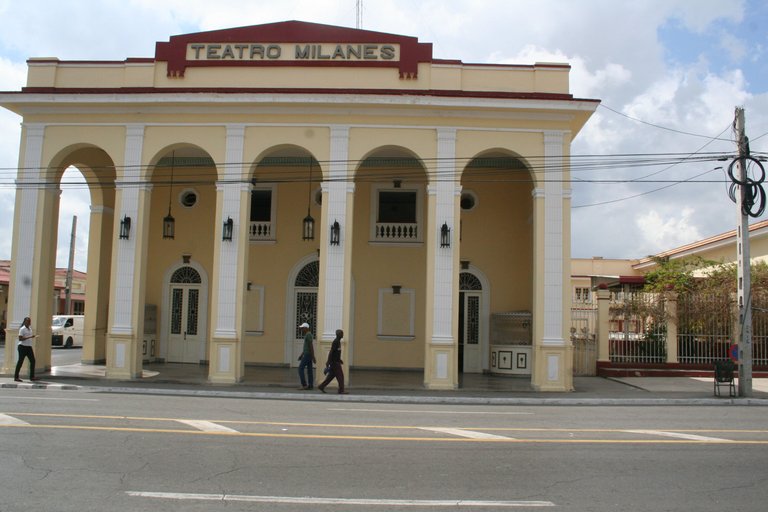
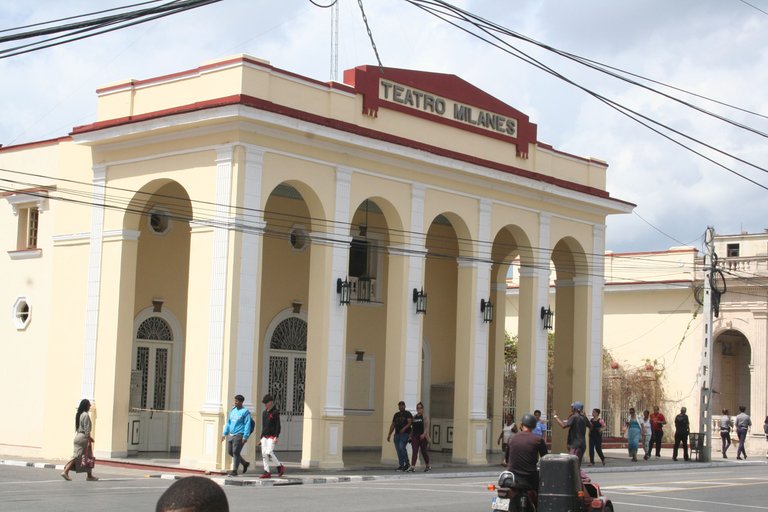


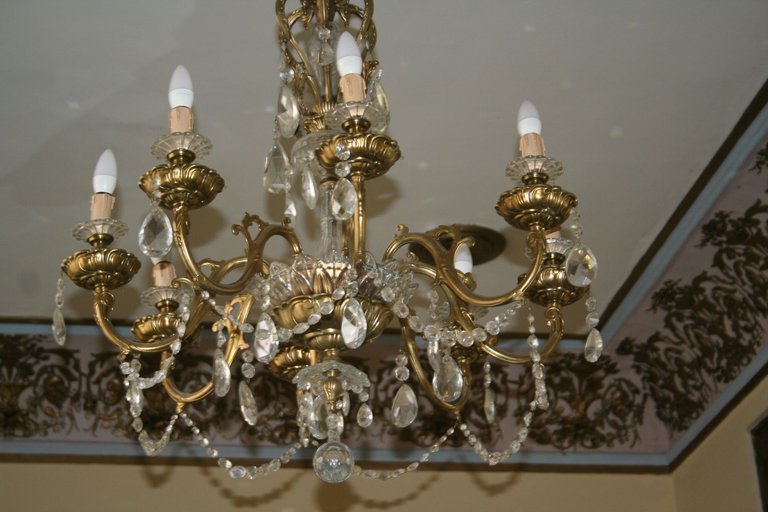
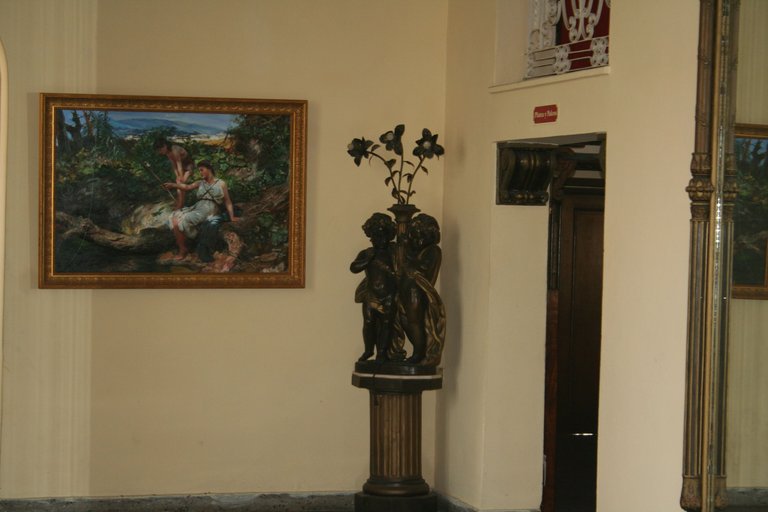
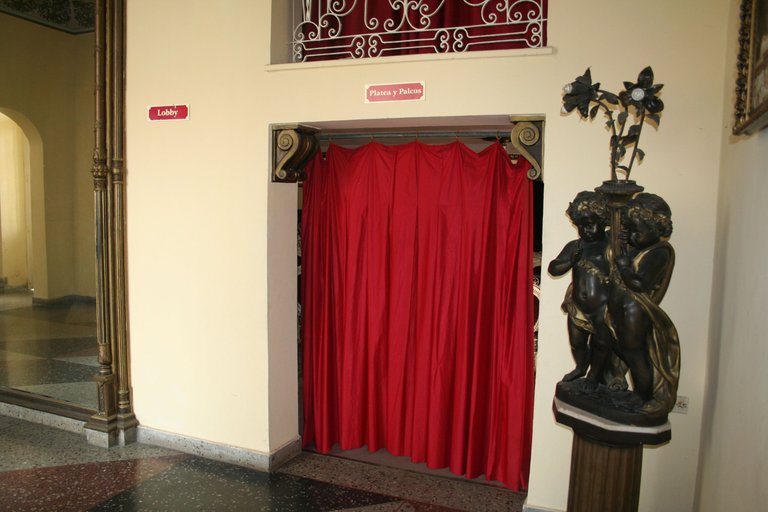
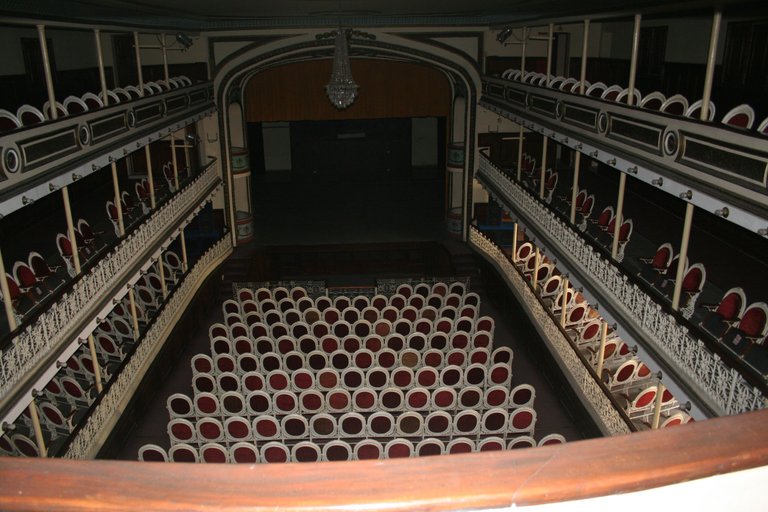
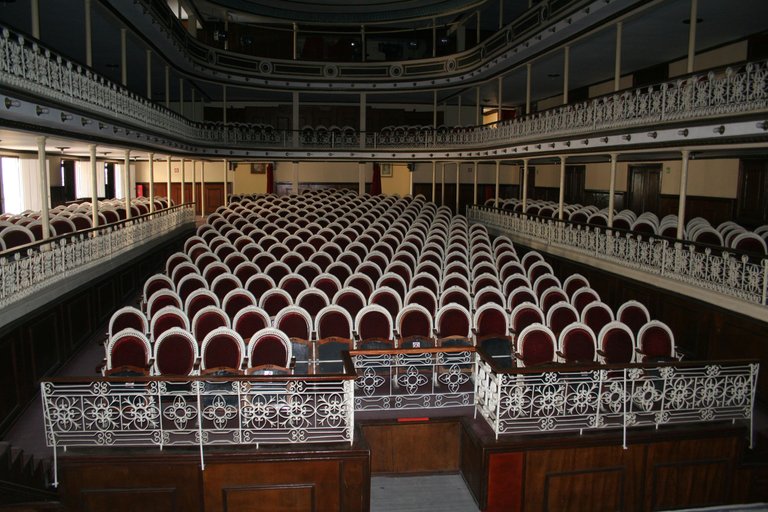

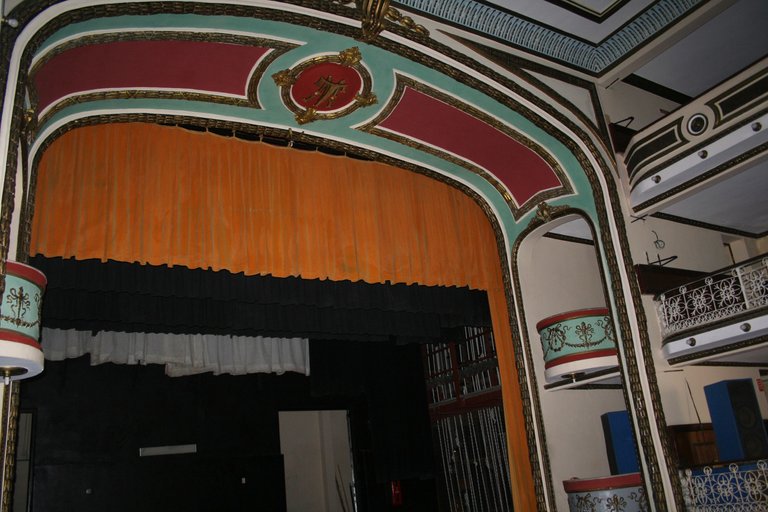
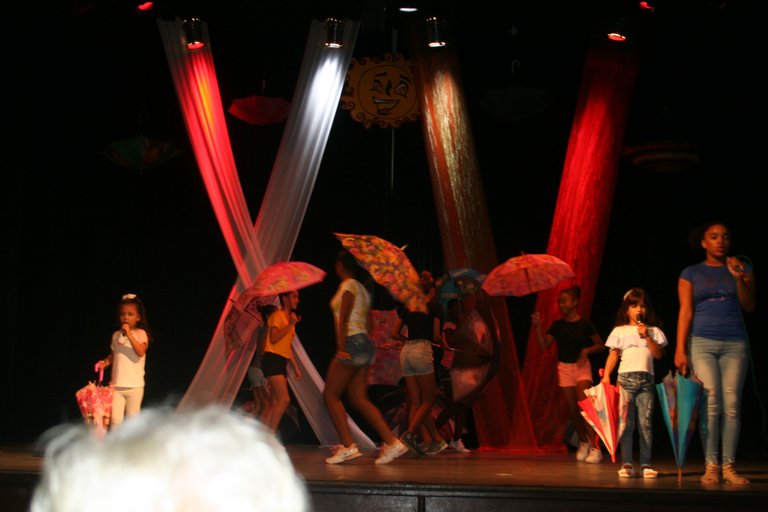
Es muy bonito nuestro teatro, y la verdad que tiene mucha variedad en sus funciones, pues hasta los más pequeños de casa pueden disfrutar sus espectáculos infantiles. Pinar con sus encantos 😊
Así es. Saludos.
Un majestuoso coloso de las artes en nuestra provincia, edificio icónico que nos identifica en Vueltabajo.
Soy testigo de la incomparable belleza de ese teatro ( patrimonio de los pinareños ). mis mayores deseos es que lo mantengamos para las próximas generaciones.